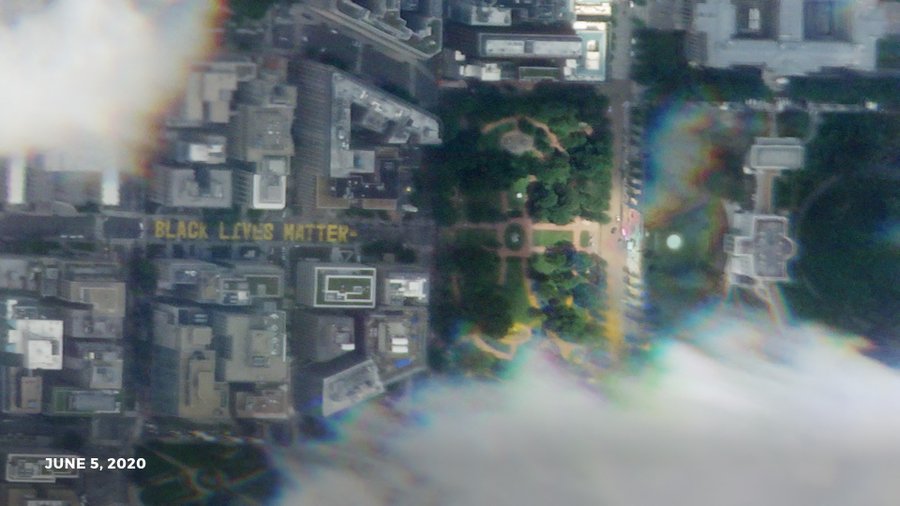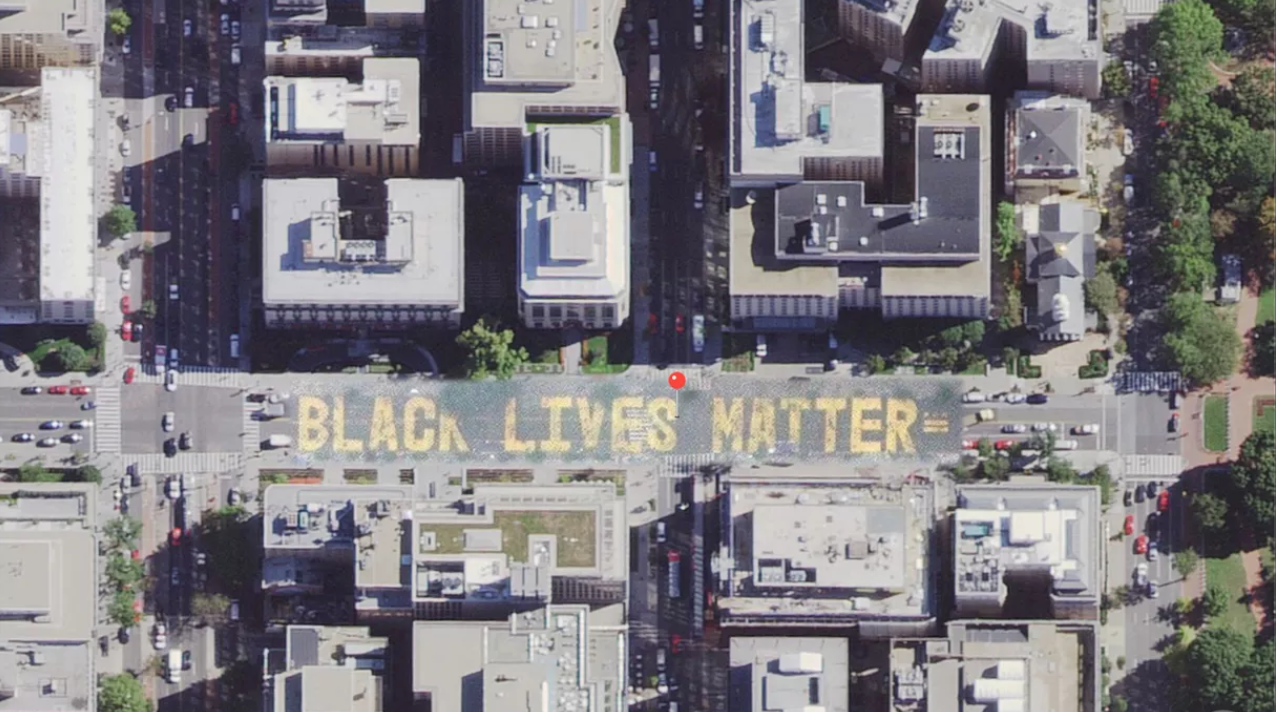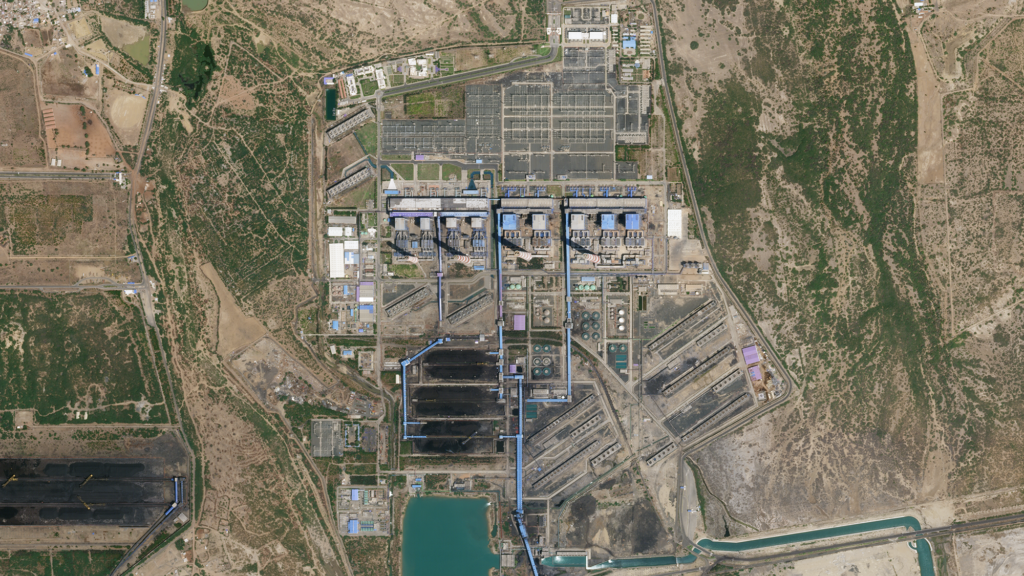
Planet goes live with 50cm imagery, plans for 12x revisit capabilities
The designer, manufacturer, and operator of the largest constellation of earth imaging satellites, Planet, has successfully enhanced the spatial resolution of its SkySat imagery from 80 cm to 50 cm. The announcement comes just six months after the first SkySat satellite was lowered in its orbit to make object identification easier with ultra-fine resolution.
Acknowledging that this massive improvement would enable Planet customers to get a more precise view of changing conditions on the ground, Martin Van Ryswyk, Senior VP of Product, says, “This is particularly important for commercial and government mapping use cases, where seeing smaller features like road surface markings are key.”
Here’s a sample image:
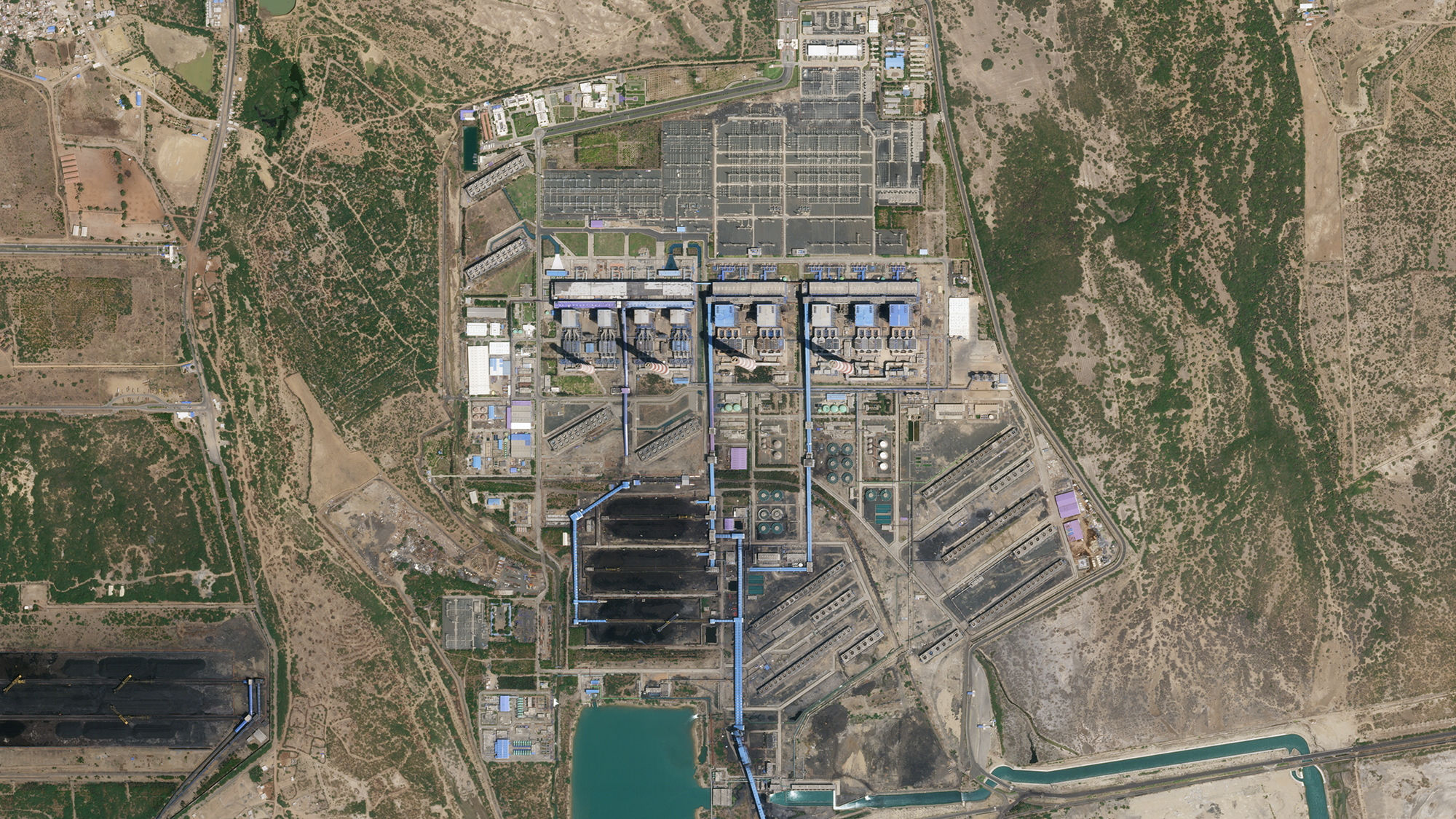
50 cm SkySat imagery of the Mundra Power Plant in Gujarat, India, on April 4, 2020
In further good news, Planet plans to launch six new SkySats that will allow the company to image certain locations up to 12 times per day. Globally, with these new additions, Planet’s revisit average would become 7 times per day.
“This unprecedented capability will provide more rapid response to global events and enable imaging at times of the day previously unseen by satellites,” Van Ryswyk points out.
The SkySats will piggyback on a SpaceX Starlink launch in the coming weeks.
Planet has also announced that it is enabling automatic imagery request through a Tasking Dashboard and API. “Instead of spending precious time going back and forth with a human rep, customers can now autonomously submit, modify and cancel SkySat imagery requests,” Van Ryswyk says. “This enables visibility into the end-to-end experience, from order to fulfillment, so expectations can be managed with analysts and teams.”
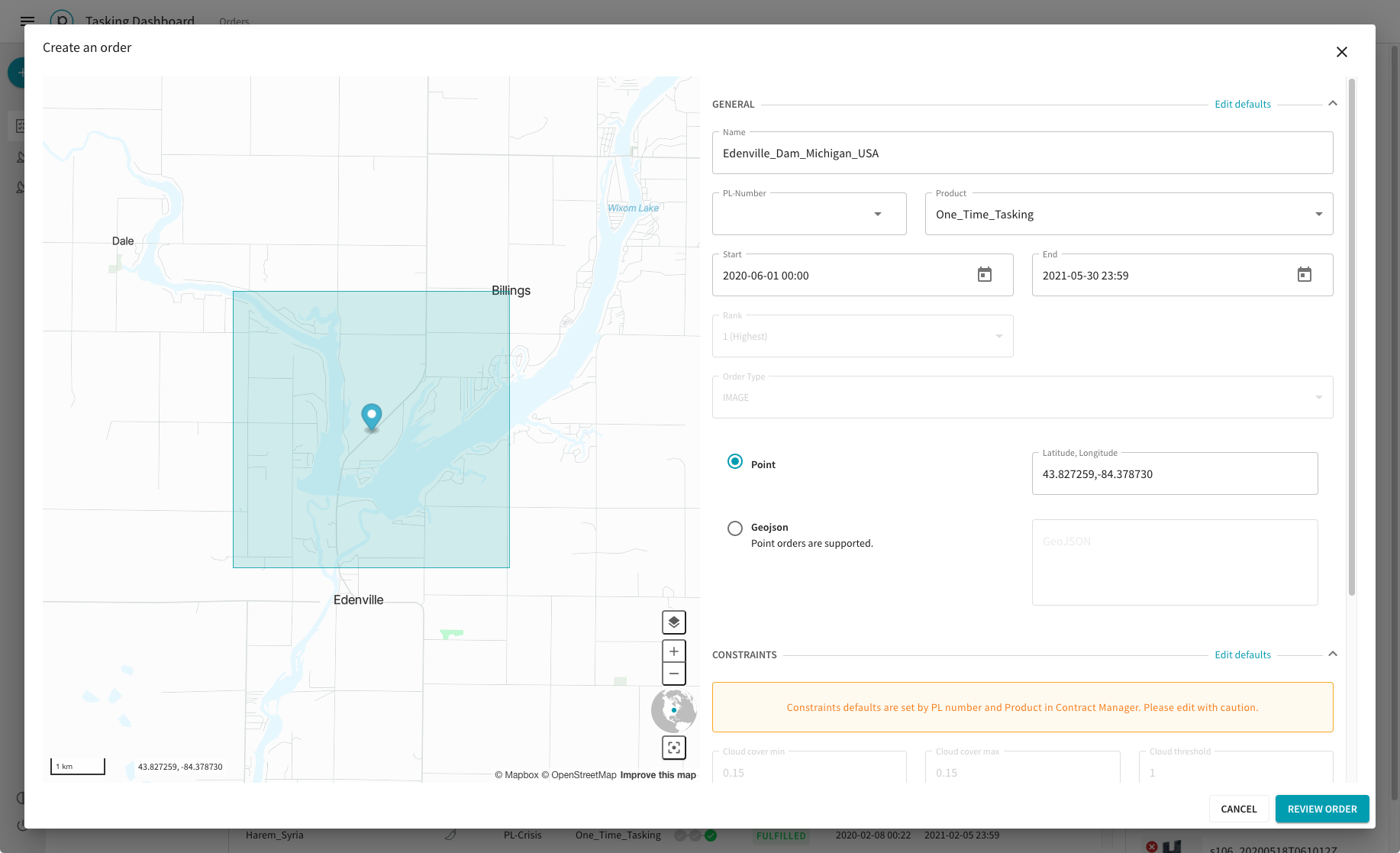
Screenshot of Planet’s Tasking Dashboard
In an interview with BBC News, Planet CEO and Co-founder Will Marshall explains that the inspiration behind the new dashboard came from Google’s self-healing maps.
“Google is working on these self-healing maps where if anyone notices a map is out of date, it will automatically trigger a new SkySat collect that will bring a new image down, automatically recognize the buildings and roads and then automatically bring the map up to date. We want to enable that kind of ‘tips’ system and the automated provision of imagery to more people than just the very sophisticated clients like Google,” Marshall says.
Now read: How often do Google Maps get updated?





